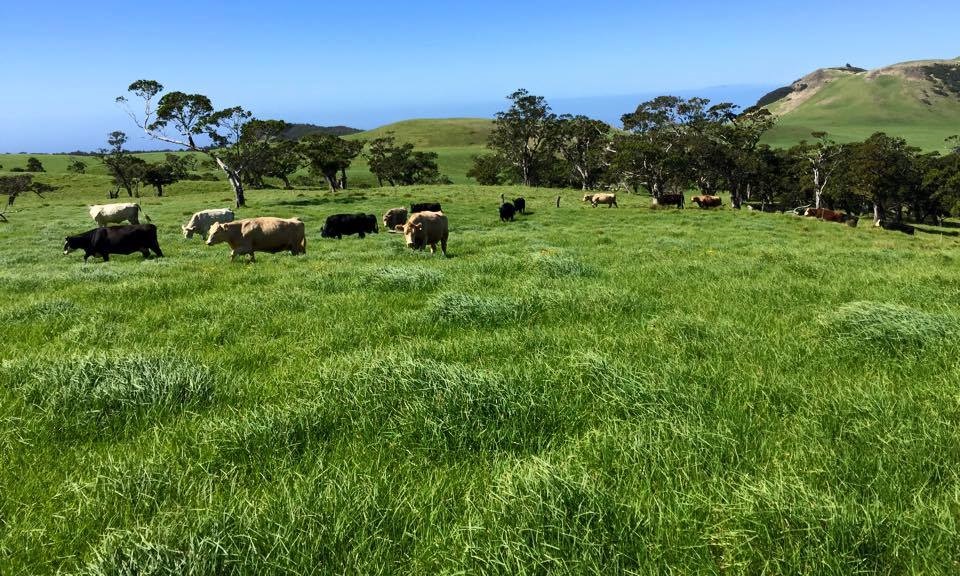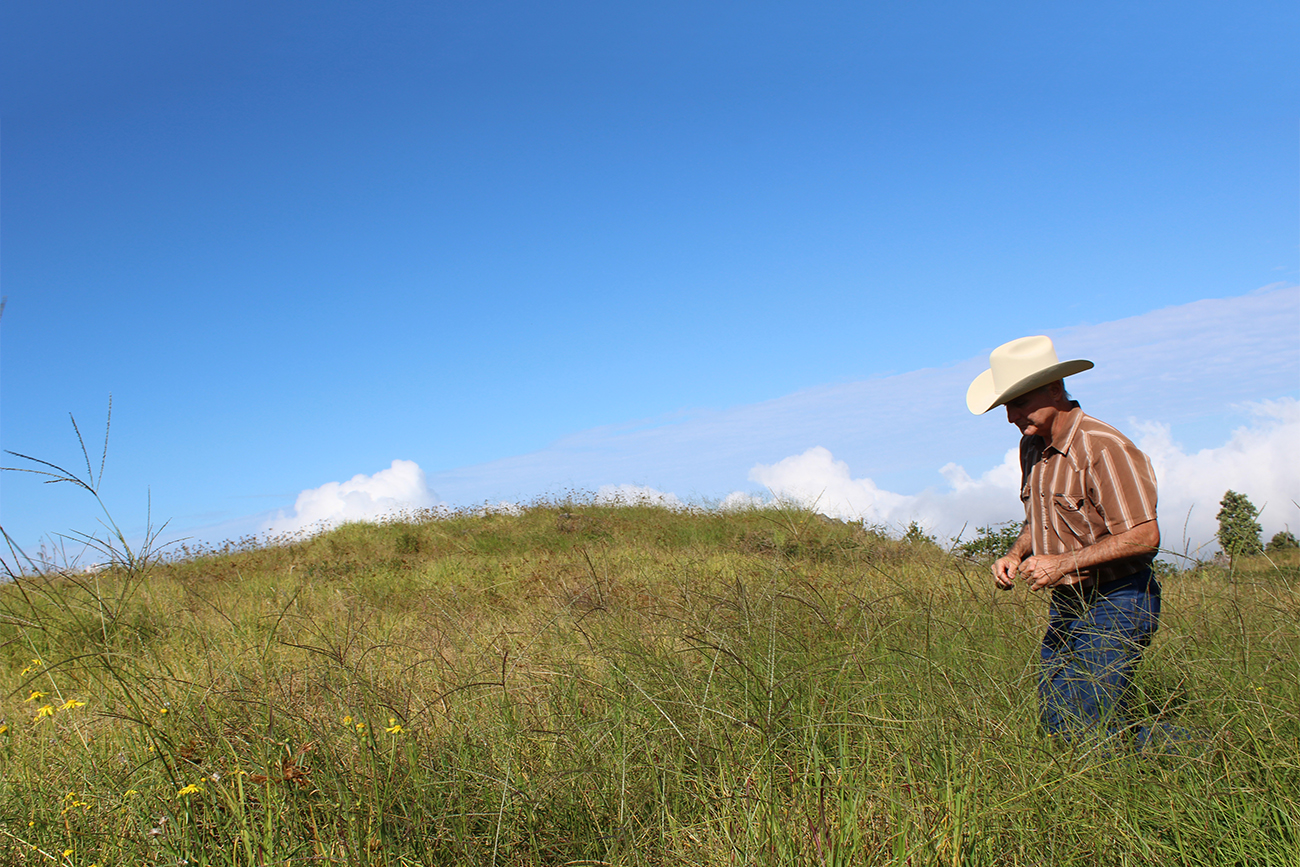Hawaii Ranchers: Stewards of the Land
For Hawaii’s ranching families, the land is not just where they raise cattle; it's also where they raise their families. They have a personal stake in the quality of their environment - so they are always looking for new ways to improve the air, water and land on and near their property.
With 10 out of 12 of the world's climate zones, Hawaii Ranchers have unique expertise in managing ecosystems in many different environments from mauka to makai. Ranchers provide many free services to the general public as stewards of approximately 25% of the State's total land mass. These include providing green space, ensuring view planes, reducing the risk of wildfire by grazing fireloads, managing watersheds, working to reduce invasive species and managing pastures for their cattle, as well as wildlife. Ranchers also work with federal agencies like USFWS in the management of critical habitat and in assistance of protecting endangered species.
Want to learn more? Check of these short videos by the Hawaii Cattlemen's Council
Meet the people behind the beef
Hawaii's ranchers have been stewarding the land and providing food for the community at the same time. Two of Hawaii's ranches have received the prestigious Environmental Stewardship award which annually recognizes the outstanding stewardship practices and conservation achievements of U.S. cattle producers from across the nation. Regional and national award winners have been commended for their commitment to protecting the environment and improving fish and wildlife habitats while operating profitable cattle operations. The common trait among all winners is the desire to leave the land in better shape for future generations while also inspiring the next generation of land stewards.
Commitment to Natural Resources
In just 6 years, the beef industry has improved its sustainability by 5% and have focused on becoming more environmentally sustainable.
A study by Washington State University in 2007 found that today’s farmers and ranchers raise 13% more beef from 30% fewer cattle. When compared with beef production in 1977, each pound of beef produced today:
- Produces 16% less carbon emissions
- Takes 33% less land
- Requires 12% less water

Learn more about cattle and our environment
Sustainability
To the beef community, sustainability comprises much more than environmental considerations. Today, a sustainable food supply balances efficient production with environmental, social and economic impacts.
Conservation
Ranching families have led conservation efforts across the United States for generations. Today’s farmers and ranchers are strong examples of true conservationists.
Upcycling
Cattle graze on grasslands turning natural resources like pastureland and solar energy into beef and other everyday products.
animal care
No matter the tool, when it comes to animal health, the practices are science-based, regulated and, above all, good for the animal and the consumer.
